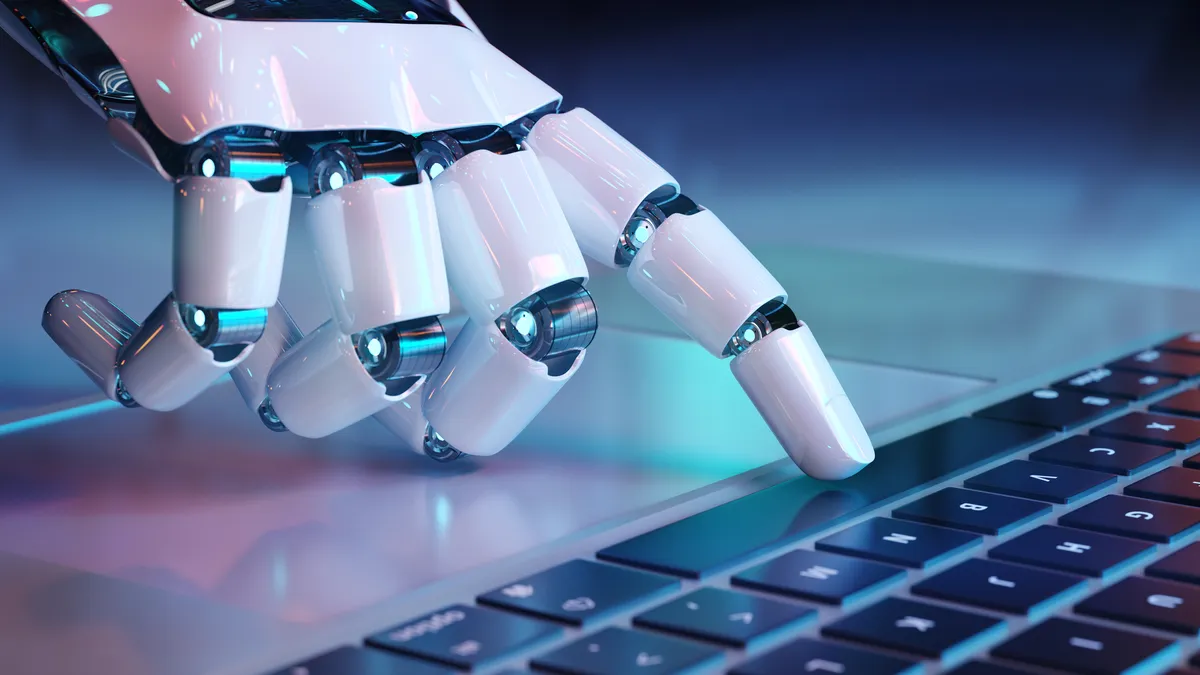Dive Brief:
- Companies hoping to automate tasks that require visual inspections are unlikely to realize cost benefits in the near term, researchers at MIT found. The study, published last week, was conducted by MIT's Computer Science & Artificial Intelligence Laboratory, MIT Sloan, The Productivity Institute, and IBM’s Institute for Business Value.
- The study reviewed tasks performed by humans which could be carried out through computer vision, such as quality inspections or medical imagery scans. Most U.S. businesses would choose not to automate the majority of vision-based tasks that have exposure to AI replacements given the cost of putting those systems in place, according to researchers.
- However, researchers expect the rollout of AI could accelerate if costs for deployment fall rapidly, or if AI-as-a-service platforms can deliver benefits at scale
Dive Insight:
Enterprises are flocking to AI with hopes of cutting costs and increasing productivity. But before making widescale implementations, executives want to know how much AI will cost — and what they'll get in return.
One example given by researchers is that of a bakery wanting to replace the visual inspection of ingredients with a computer vision system. The costs associated with creating and maintaining such a system would cost far more than continuing to have human workers perform the task.
"The conclusion from this example, that human workers are more economically-attractive for firms (particularly those without scale), turns out to be widespread," researchers said. "We find that only 23% of worker compensation 'exposed' to AI computer vision would be cost-effective for firms to automate because of the large upfront costs of AI systems."
In addition to costs, data availability can further hinder the viability of computer vision replacements.
In another example, researchers conducted a case study reviewing an industrial parts manufacturer hoping to automate part of the returns process. As customers sent in pictures of broken parts, the company wanted a computer vision system that could identify the appropriate replacement.
However, the company's parts were proprietary, and foundational models are unlikely to have enough data on those parts to correctly spot each product.
Some businesses have found success in computer vision deployment, but applicability often depends on whether the system has the ability to scale.
Home Depot leaned on its Sidekick platform, which uses computer vision to detect out-of-stock items on shelves, alerting employees so they can prioritize restocking. The platform uses a cloud-based machine learning algorithm to determine the most time-sensitive tasks.
More than half of C-suite executives entered the new year expecting AI implementations to help them cut operating costs, according to a Boston Consulting Group study. Business leaders are also increasing investments in technology in order to reap those benefits.
Questions remain about where savings will be realized, and how AI adoption will impact workforce needs. Goldman Sachs estimates nearly two-thirds of global positions could be at least partially automated through AI.
Companies are also aligning their existing workforce around the expectation that they'll need to use AI to serve customers.
SAP announced Thursday it would restructure about 8,000 positions in response to a new, more AI-focused business strategy. The company expects the majority of impacted employees to receive buyouts or complete reskilling training within the organization.















